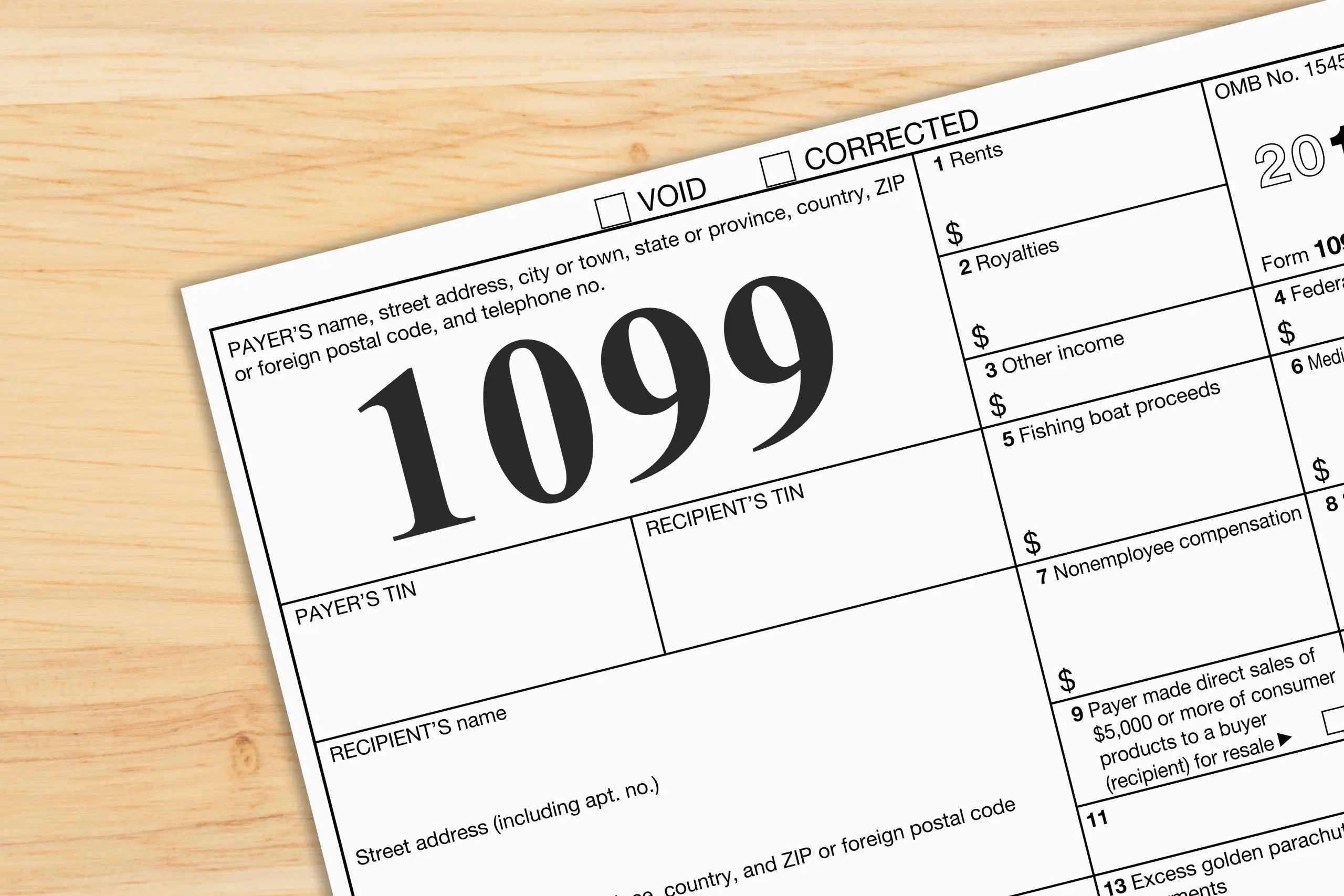Form 1099-R is the Form that reports the distributions taken from retirement plans during a given calendar year. Custodians, such as Charles Schwab and TD Ameritrade, send the Form to you and the IRS.
“IRS Tax Form 1099-R” is never a good way to start an article that you want many people to read. However, there are some things you need to know before you hand the Form over to your accountant to prepare your 2020 income taxes.
Correct Reporting of Funds Rolled Back to Your IRA
On March 27, 2020, Congress passed the CARES Act, which, among other things, suspended required minimum distributions (RMDs) for taxpayers required to take distributions from their retirement accounts. The law was retroactive to January 1, so even taxpayers who had already taken distributions from their accounts before March 27 could “roll over” those amounts back to their IRA. By doing so, the amounts rolled back into the IRA would not be taxed in 2020. So far, so good, and many taxpayers took advantage of this provision.
However, those same taxpayers may have been surprised when they received their 1099-R Form for 2020, which reported those same distributions that had been rolled back. Nowhere on the Form does it indicate the funds were returned to the IRA.
According to tax law, the distribution and the rollover are treated as separate tax events. Putting the money back is not reported on a 1099-R Form. Instead, the rollover is reported on Form 5498.
So, you may be thinking, “Why not just provide your accountant with a copy of Form 5498 that shows you rolled the funds back?”
It’s a matter of timing. Your custodian does not mail Form 5498 to the IRS until May 31. Therefore, if you file your tax return by April 15, Form 5498 will not yet be available to show the rollover.
Instead, you’ll need to look at your December 31, 2020, IRA statement. Somewhere on the statement, you will see the gross distribution you took and the amount you rolled back to your IRA. The difference between the two will be the actual amount on which you should pay income tax.
Correct Reporting of Qualified Charitable Distributions (QCDs)
If you own an IRA and are at least 701/2 years old, you can make direct distributions (up to $100,000) from your IRA to a qualified charity, and you will not pay any income tax on the amount of the distribution. The amount distributed to the charity counts toward satisfying your RMD. While RMDs were suspended in 2020, QCDs were not, so many taxpayers still made direct distributions to their favorite charities from their IRA.
The tax reporting for QCDs, however, can be a little tricky. Box 1 on Form 1099-R reports the gross amount of distributions taken from your IRA, including the amount of any QCD. The distribution is also written in Box 2a as a taxable distribution, even though it is not. The rest of the Form 1099-R is silent about whether a QCD was made during the tax year. In essence, the IRS has no idea if you made a QCD or not.
It is your responsibility to correctly report the taxable amount of your distribution from your IRA on your tax return. That means you must remember to give your tax preparer the information, or they may inadvertently report the incorrect taxable amount of distribution.
Another mistake can occur if you let your tax preparer know that you made a QCD but fail to distinguish which donations were made from the IRA and which donations were given from other sources, such as your checkbook. By not differentiating the sources, your preparer may take the tax deduction twice, once as a QCD and once as an itemized deduction.
We recommend providing a schedule to your tax preparer that shows the gross distribution amount, which will tie out to Form 1099-R. You can then reduce that amount by the amount of any QCD given to determine your taxable amount. An example could look like this:
| Gross distribution reported on Form 1099-R | $20,000 |
| Less: Amount of QCD | $15,000 |
| Equals taxable amount | $5,000 |
An additional listing of all monies given to charity during the year, whether through your IRA or checkbook, should be prepared something like this:
| Total amount given to charity in 2020 | $7,500 |
| Less: Amount given as QCD | $5,000 |
| Amount deducted as itemized deduction | $2,500 |
Presenting it this way can help you reconcile the amounts to your tax return.
In Conclusion
We hold out hope that the IRS may fix this problem by creating a place on Form 1099-R for custodians to indicate a QCD was completed, as well as the amount. Thus far, however, nothing has changed.
As always, if you a question about any of the explanations above, please contact us. We are happy to provide you with guidance on making sure you report the amount of any rollovers and QCDs correctly.



